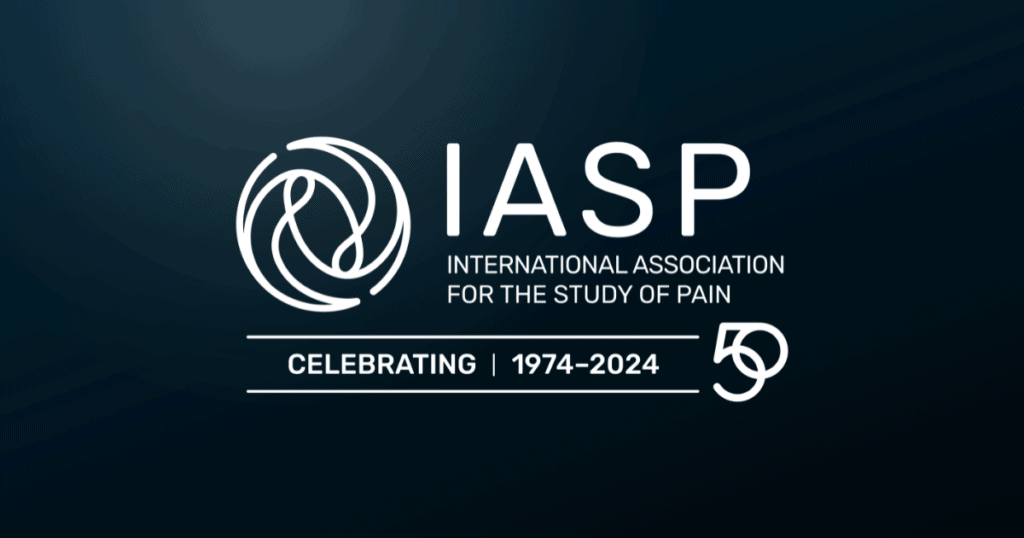Posted under the heading of ‘Training the Brain’ – this series is focused on Complex Regional Pain Syndrome (CRPS) but relevant to all types of pain. Feel free to download and use.
Training the Brain series
Training the Brain 1 – Cognitive, understanding the problem
Training the Brain 2 – Behavioural, function and movement hierarchy
Training the Brain 3 – Brain changes, S1 reorganisation
Training the Brain 4 – Recent developments, neglect and ownership
Training the Brain 5 – Recent developments, disrupted bodily awareness
The effect of tactile discrimination training is enhanced when patients watch the reflected image of their unaffected limb during training
Moseley GL, Wiech K
Department of Physiology, Anatomy & Genetics, University of Oxford, Oxford, UK
Abstract
In patients with phantom limb pain or complex regional pain syndrome (CRPS), sensory discrimination training increases tactile acuity, normalises cortical reorganisation and decreases pain. In healthy people, sensory cortical response, and tactile acuity, are greater if the participant looks towards the body part being stimulated. Does this effect enhance tactile training in CRPS patients?
Ten patients underwent a 30-min tactile discrimination training session under four conditions (order randomised) in a 2 x 2 design: looking towards or away from the stimulated limb and seeing or not seeing skin. Tactile training imparted long-term improvement in tactile acuity when patients watched the reflected image of their unaffected limb in a mirror during training (that is, they looked towards the stimulated body part and could see the skin of the opposite body part in the mirror): two-point discrimination threshold (TPD) was 8mm less 2 days after training than it was before training ([95% CI=1.5-14.3mm], p<0.001).
Although this condition also imparted a greater reduction in resting pain at post-treatment than the other conditions, and change in pain and change in TPD over the session were strongly related (r=0.83, p<0.001), there was no residual effect on pain at 2-day follow-up. In the other conditions, tactile acuity had returned to pre-training levels at 2-day follow-up. The results should directly improve management of CRPS, and have implications for rehabilitation of other conditions associated with nervous system injury or disease, for example stroke, in which tactile recovery is a major objective of rehabilitation.
See full article at Pain 144(3): 314-9



